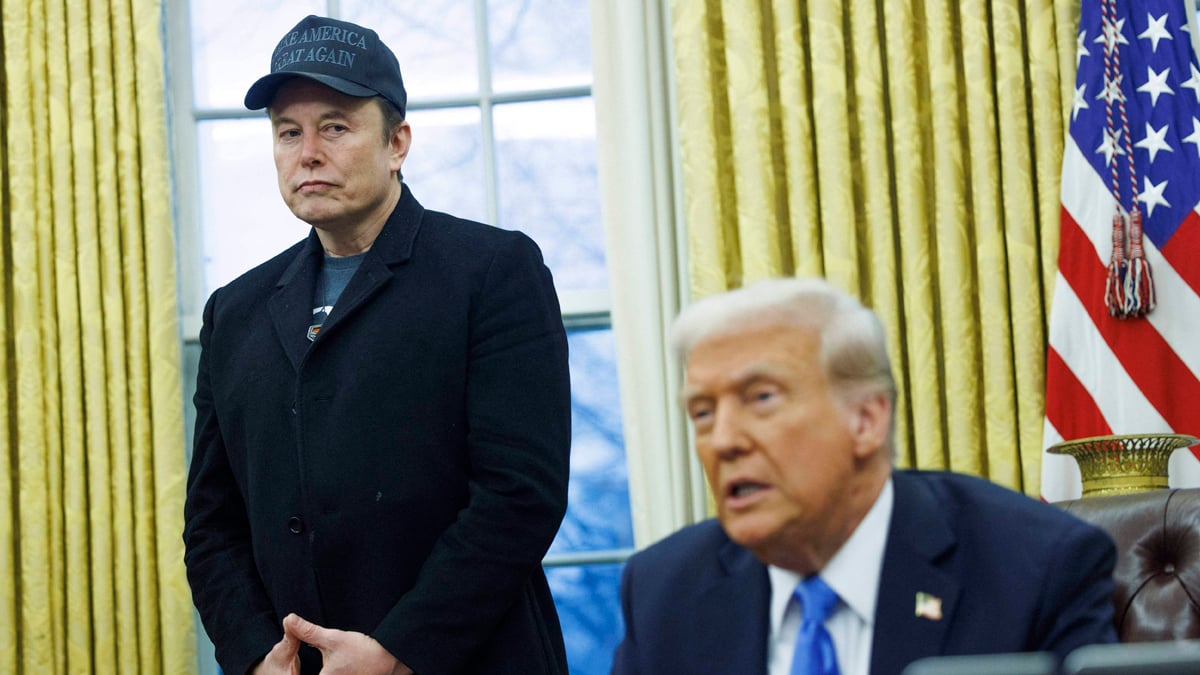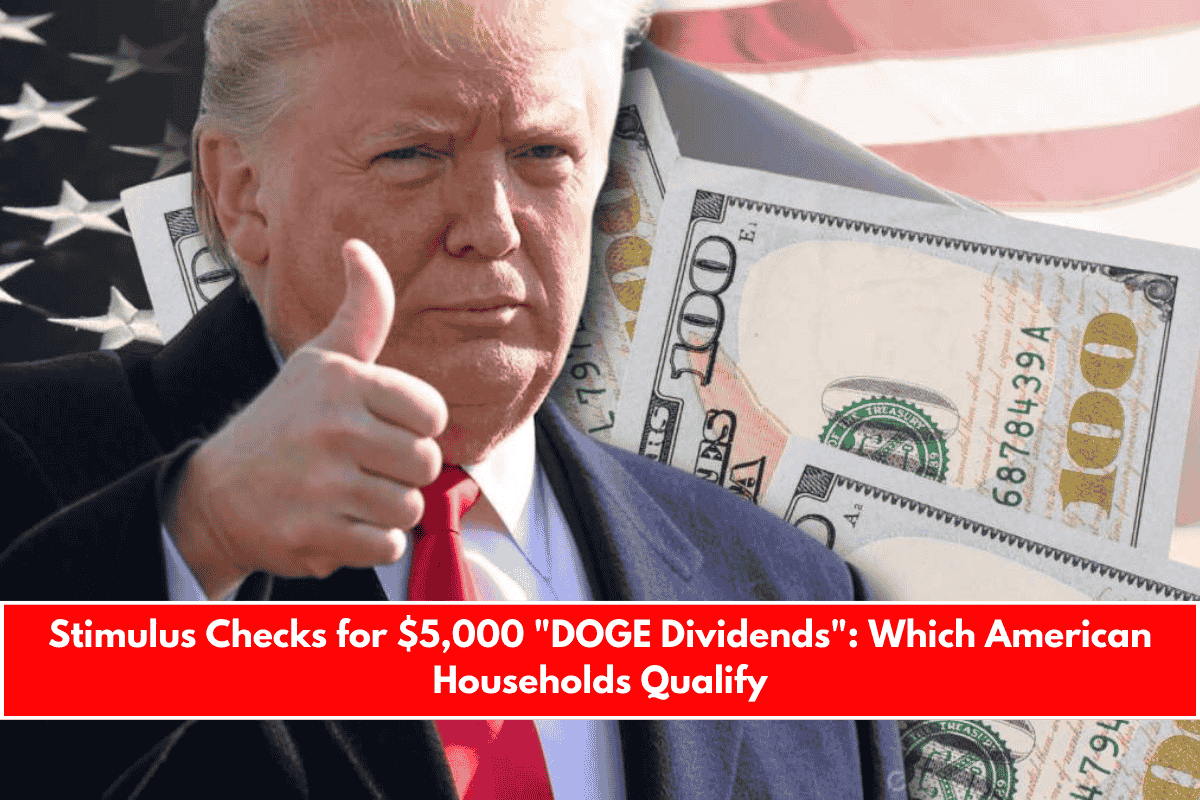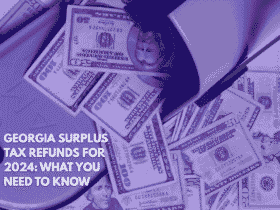Recently, the idea of distributing $5,000 payments to qualifying American households under the name “DOGE dividends” has sparked significant speculation.
Promoted by James Fishback, CEO of Azoria investment firm, the proposal has caught the attention of influential figures like Department of Government Efficiency (DOGE) Secretary Elon Musk and President Donald Trump. However, despite the growing buzz, the initiative has yet to be officially confirmed and remains unclear.
The Origin of the DOGE Dividends Proposal
The idea was first presented in February 2025 by James Fishback, who suggested that 20% of the savings generated by the Department of Government Efficiency (DOGE) — a department created by Trump to reduce federal spending — should be returned to U.S. taxpayers in the form of stimulus checks.
Fishback argues that if DOGE can save up to $2 trillion in federal spending, then part of that money — approximately $2.4 trillion — could be used to distribute $5,000 per household.
The concept gained further traction when Elon Musk responded on X (formerly Twitter), saying he would “check with the president.” Trump also expressed interest, stating at a rally in Florida that he would “explore” the possibility of distributing these savings to citizens.
Who Would Be Eligible for the DOGE Dividends?
While the idea of receiving $5,000 per household sounds promising, there are some key eligibility conditions attached. According to Fishback, the payments would only be made to households that pay federal taxes, which means that those who receive more in federal benefits than they contribute would be excluded from the payout.
This approach aims to prevent the inflationary effects seen with past stimulus checks, which were funded through debt rather than savings.
Fishback believes that by using savings from federal cuts (rather than additional debt), the $5,000 stimulus payments would avoid the inflationary issues that arose during the pandemic, when stimulus checks were financed by borrowing.

The Financial and Political Hurdles of the DOGE Dividends
Despite the growing interest from Musk and Trump, the proposal faces significant challenges that make it uncertain at best. Speaker Mike Johnson warned that distributing such large payments would be “irresponsible” considering the current $36 trillion federal debt. Similarly, economists like Judge Glock raised concerns about potential inflation risks.
Moreover, DOGE currently has no legal authority to issue payments to taxpayers. Any such distribution would require approval from Congress, where both Republicans and Democrats have prioritized efforts to reduce the federal deficit — making it unlikely that they would approve a large-scale payout.
Why the DOGE Dividends Proposal Remains a Rhetorical Tool
At present, DOGE dividends remain a speculative and rhetorical idea rather than a feasible policy. Although Fishback has indicated that there has been “important progress” towards realizing this plan, the federal government has yet to make any official statements, and the roadblocks of insufficient savings, political opposition, and economic fears mean that the $5,000 checks are more likely to remain an ambitious proposal rather than a tangible reality.
What makes the DOGE dividends different from previous stimulus checks is that they would be funded through savings from federal spending cuts, as opposed to pandemic-era checks, which were financed through debt issuance.
This distinction is important because it seeks to avoid the inflationary impact of debt-financed checks, which significantly affected the U.S. economy during the pandemic.











Leave a Reply